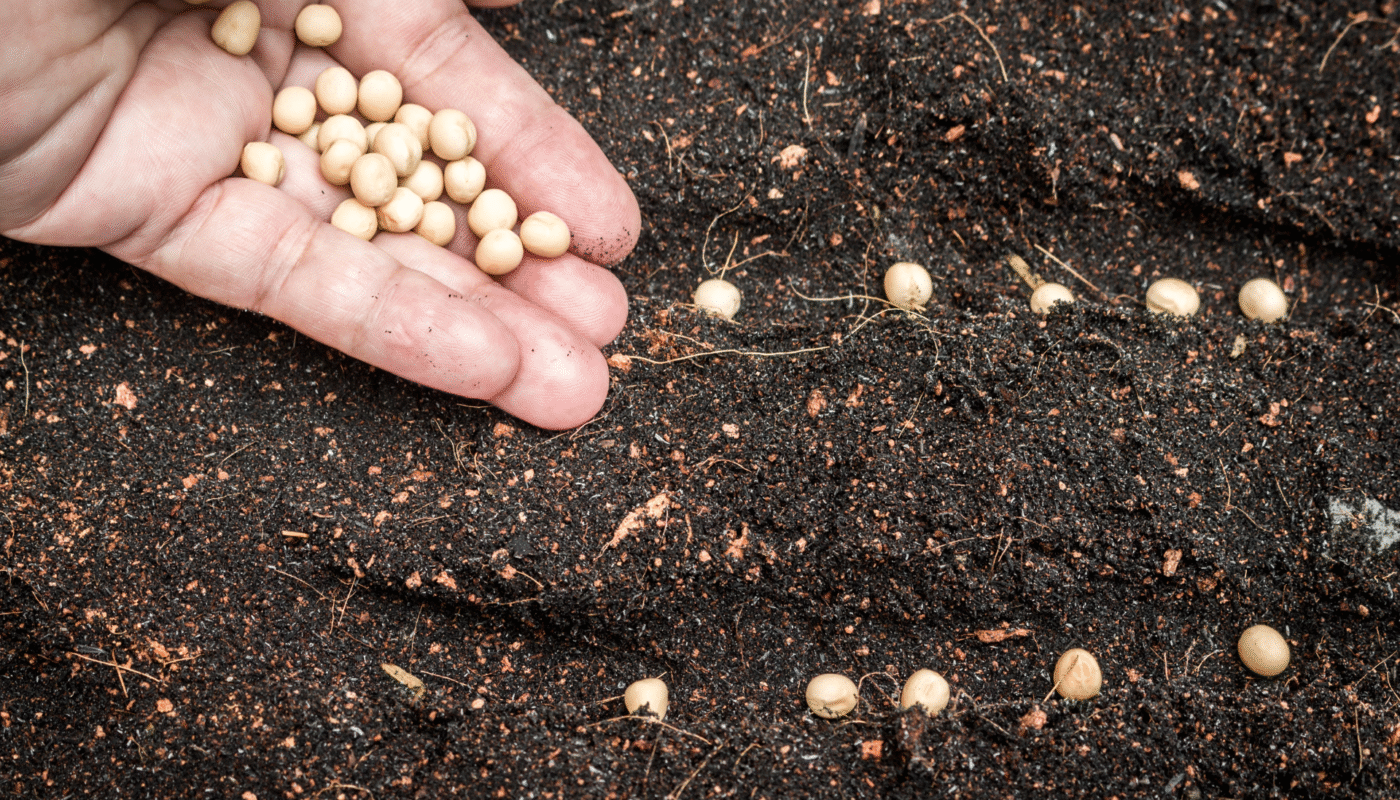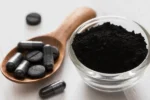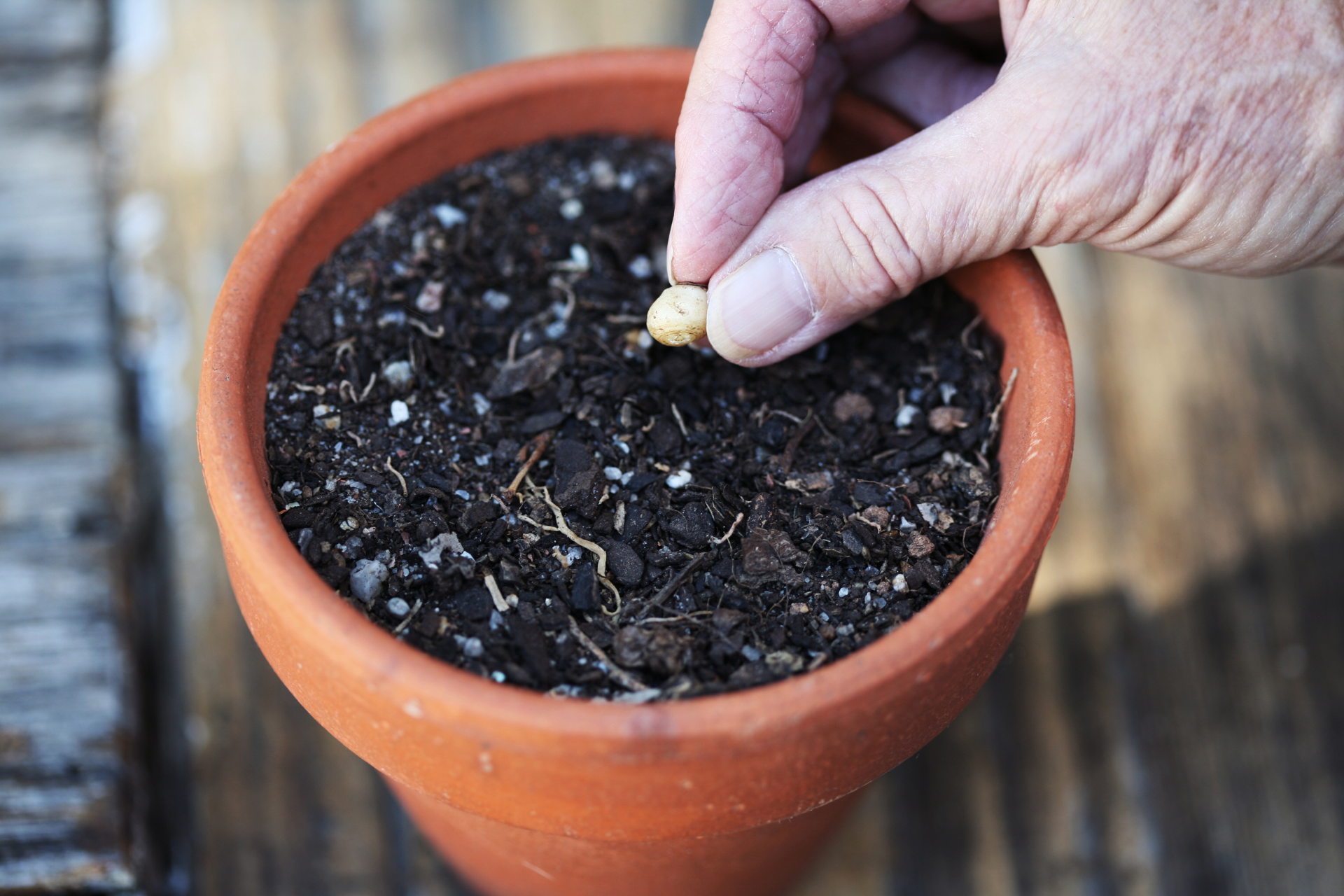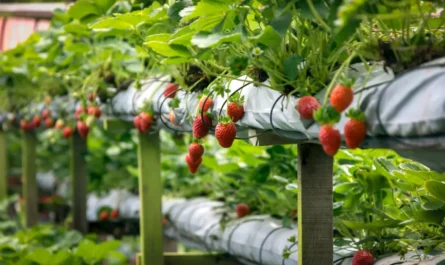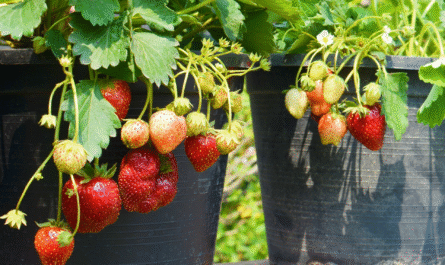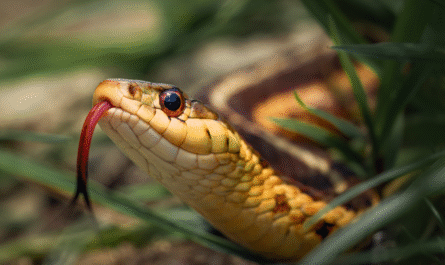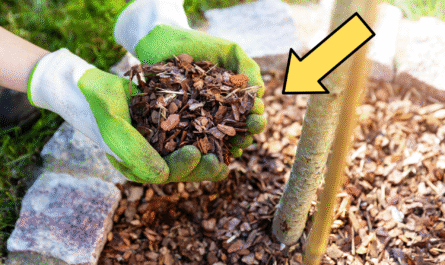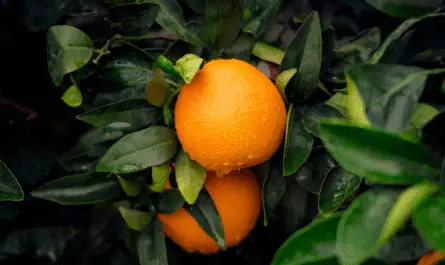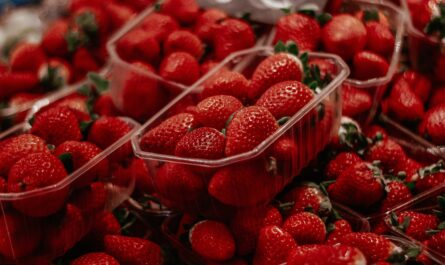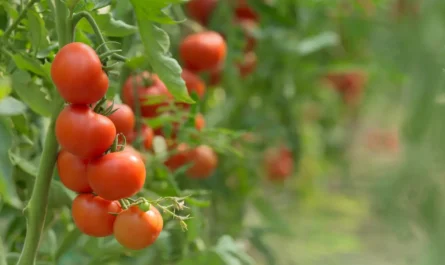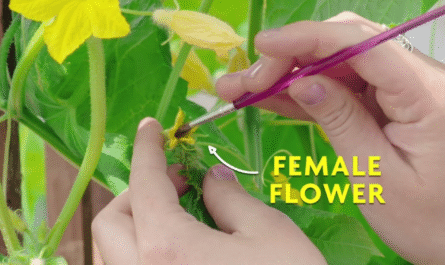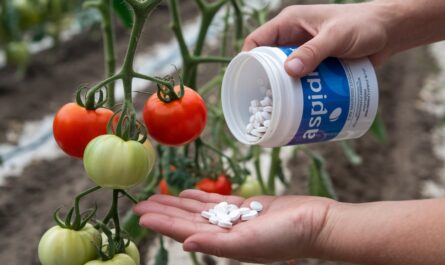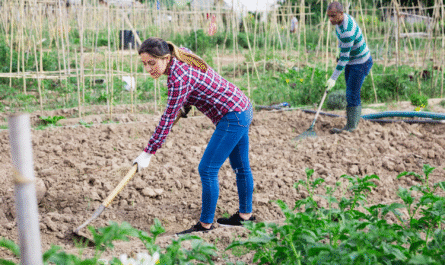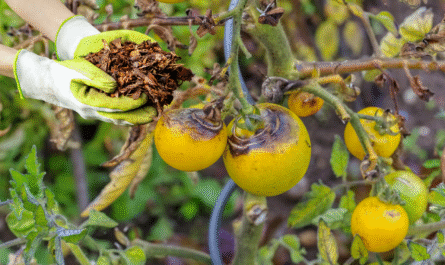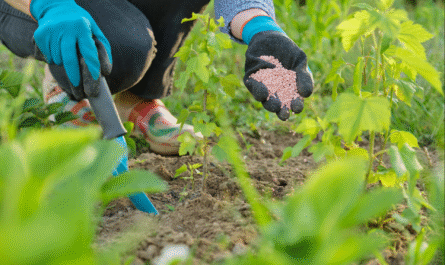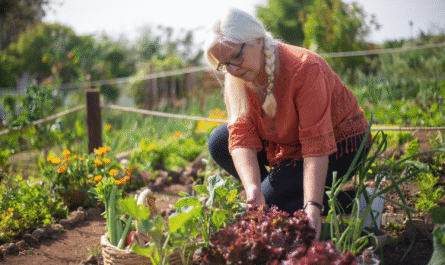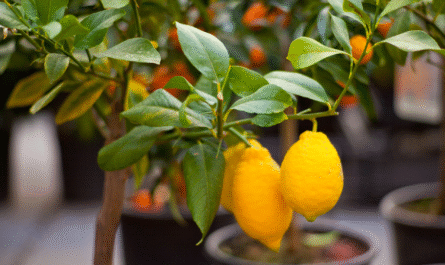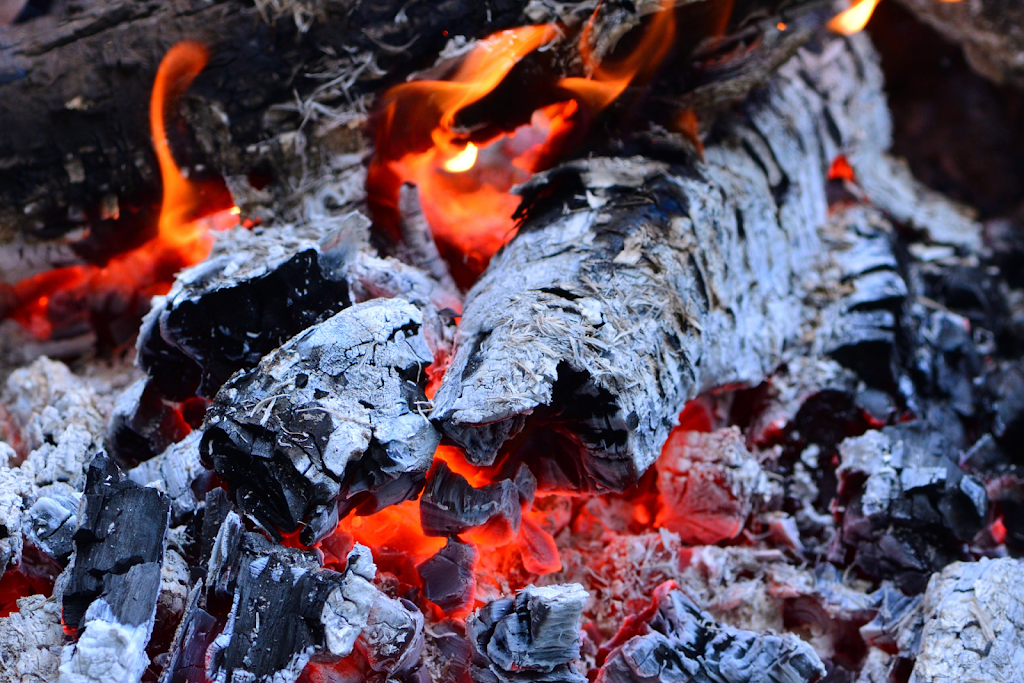As someone who has spent years coaxing seeds to life and battling the unpredictable moods of soil and weather, I can tell you this: sometimes the answer to your gardening woes is hiding in plain sight, right there in your kitchen.
The unassuming bottle of white distilled vinegar, usually reserved for cleaning or salad dressings, holds a secret that can revolutionize how you start your seeds.
And no, this isn’t some gimmicky shortcut or questionable home remedy. It’s a real, chemistry-backed technique I’ve used time and again to jump-start stubborn seeds and get plants off to a strong start.
Why Germination Fails — And What Vinegar Has to Do With It
The germination process depends on moisture penetrating the seed coat to activate enzymes that initiate growth. But some seeds come with armor, hard outer coatings designed by nature to delay germination until conditions are just right.
While this is a great evolutionary strategy in the wild, it’s a nightmare for gardeners trying to get a jump on the season. You plant, you water, you wait… and wait… and nothing happens.
That’s where vinegar steps in. The acetic acid in vinegar is mild enough to be safe for seeds (in moderation) but strong enough to gently weaken the outer shell.
Think of it like pre-treating laundry stains, the acid breaks down the tough barrier and lets water in. Soaking hard-coated seeds in a diluted vinegar solution can significantly speed up germination.
I’ve personally cut wait times in half using this method on notoriously slow starters like morning glories, sweet peas, nasturtiums, and even parsley.
Now, this doesn’t mean you should go dumping vinegar into your seed trays. Like most good things, it’s all about timing and moderation. Overdo it, and you risk killing the embryo inside.
But get the balance right, and you’ll be amazed at how much faster and more uniformly your seeds sprout.
How to Use Vinegar to Soften Seed Coats the Right Way
Here’s my go-to method: I mix one tablespoon of white distilled vinegar into a cup of room-temperature water. I then place the seeds I’m treating into the solution and let them soak anywhere from 30 minutes to 12 hours, depending on the seed type.
The key is to tailor the soak time to the toughness of the seed. Morning glories might need the full overnight soak. Parsley or nasturtiums? A couple of hours usually does the trick.
After soaking, I rinse the seeds gently under cool water and plant them in trays filled with moistened seed-starting mix. I make sure they stay consistently damp—never soggy—and give them a warm, bright spot to germinate. Within days, I often see signs of life where I’d otherwise be staring at bare soil for weeks.
But here’s the catch: this technique isn’t for every seed. Lettuce, tomatoes, or other soft-coated varieties will suffer in the acid bath.
Always read up on the seed type you’re working with before attempting this method. If the seed coat is soft or the packet warns against pre-treatment, skip the vinegar and try a simple water soak instead.
Seeds That Respond Well to Vinegar Soaks
Over the years, I’ve compiled a personal list of seeds that consistently benefit from a vinegar soak. Morning glories top that list, they can take up to three weeks to germinate untreated, but with vinegar, I get sprouts in under a week.
Nasturtiums, which are beautiful and edible, also respond incredibly well. So does parsley, which has one of the slowest natural germination rates in the herb world.
Other good candidates include lupines, moonflowers, sweet peas, and some varieties of beans. These plants all share a common trait: a hard, dense seed coat that needs to be cracked, scratched, or chemically softened before water can do its job.
If you’ve ever tried the “nick and soak” method, where you file or clip the seed coat before soaking, you know how tedious it can be. Vinegar offers a gentler, less labor-intensive alternative.
That said, not all “hard” seeds are created equal. Some tropical or exotic varieties may need hotter water or longer treatments to germinate.
Others may respond better to scarification (physical damage to the seed coat) instead of acid treatment. But for most garden-variety flowers and herbs, vinegar provides a solid, beginner-friendly method.
Other Kitchen Staples That Help with Germination
While vinegar gets top billing here, it’s not the only pantry item that can support seed germination. Hydrogen peroxide is another favorite of mine.
A mild solution (about 3%) not only disinfects seeds, reducing the risk of mold or damping off, but it also supplies extra oxygen to the seed coat, stimulating faster growth. I’ll often alternate between peroxide and vinegar treatments depending on the seed and the goal.
Another secret weapon? Chamomile tea. That’s right, brewed and cooled chamomile tea contains antifungal properties that help protect young seedlings from disease. I sometimes soak delicate seeds in chamomile for a few hours as a preventative measure, especially when growing herbs or leafy greens.
Cinnamon, another kitchen staple, can also act as a natural antifungal. I sprinkle a light dusting over seed trays after planting to keep mold at bay. While none of these are as directly impactful on hard seed coats as vinegar, they all contribute to a healthier, more successful germination environment.
Mistakes to Avoid When Using Vinegar in Seed Germination
First and foremost: don’t soak too long. Vinegar is an acid, and while it’s diluted in the solution, leaving seeds in it overnight without considering their toughness can burn the embryo. I’ve seen promising seeds turn mushy from overexposure. Start with a short soak, and if you’re unsure, test a small batch first.
Secondly, don’t apply vinegar directly to planted seeds or soil. Vinegar in the garden, unless used specifically as a weed killer, can disrupt soil pH and kill beneficial microbes. It’s great as a pre-planting soak, but should never touch the growing medium.
Lastly, don’t treat every seed the same. Treating soft seeds like basil or lettuce with vinegar can ruin them. This isn’t a universal hack—it’s a targeted technique. Know your seeds. Research them. If you’re ever unsure, reach out to experienced growers or consult a reliable seed-starting guide.
Vinegar’s Other Hidden Powers in the Garden
Beyond germination, vinegar has a few other tricks up its sleeve in the garden. For one, it’s an effective ant deterrent. I use a vinegar spray along the edges of raised beds and garden pathways to keep ants from setting up colonies near my seedlings. It doesn’t kill them, but it does disrupt their scent trails, which is often enough to move them elsewhere.
It’s also great for cleaning. Mineral deposits from hard water can build up on clay pots and gardening tools. A quick soak or scrub with vinegar removes the crust and leaves your gear looking new. I also use it to sanitize old seed trays before reusing them.
However, a word of caution: vinegar is non-selective. Spray it on weeds, and it will kill them, but it’ll also kill anything else it touches. Use it strategically and sparingly. Your plants are living systems, and the goal is balance, not chemical warfare.
Also Read: If You Have Bubble Wrap Sheets, Don’t Pop Them: Gardeners Say They’re a Treasure
Final Thought
If there’s one thing I’ve learned as a gardener, it’s this: success doesn’t always come from expensive tools or high-end fertilizers.
Sometimes it comes from understanding how nature works—and knowing when to give it a little nudge. The vinegar trick is just one example of how small adjustments, backed by science, can yield huge results.
So next time you’re standing in the kitchen wondering how to get those seeds to sprout, reach for that bottle of vinegar. But do it with knowledge and precision. Understand your seeds, observe how they behave, and keep experimenting. Gardening isn’t just planting—it’s problem-solving.
In your kitchen and your garden, there’s more power than you think. Use it wisely.
FAQs
Can I use apple cider vinegar instead of white vinegar?
White distilled vinegar is preferred because it has a consistent 5% acetic acid content. Apple cider vinegar may contain sugars and other compounds that could ferment or introduce unwanted bacteria. Stick with white vinegar for best results.
What’s the maximum soak time before vinegar harms seeds?
For most hard seeds, the safe range is 30 minutes to 12 hours. Always err on the side of caution—start small, monitor closely, and adjust as needed.
Are there seeds that should never be soaked in vinegar?
Yes—soft-coated seeds like lettuce, spinach, basil, or most brassicas (like broccoli or cabbage) can be damaged by vinegar. These should be soaked in plain water or not at all.
Can I reuse the vinegar-water solution for multiple seed batches?
It’s better not to. Once seeds have been soaked, the solution contains organic residue and could harbor bacteria. Always start with a fresh batch.
Is vinegar safe for use in hydroponic or indoor seed-starting setups?
Only during the pre-soak phase. Never add vinegar to hydroponic systems or seed-starting trays directly, as it can alter the pH and harm plants. Use it only before planting.

